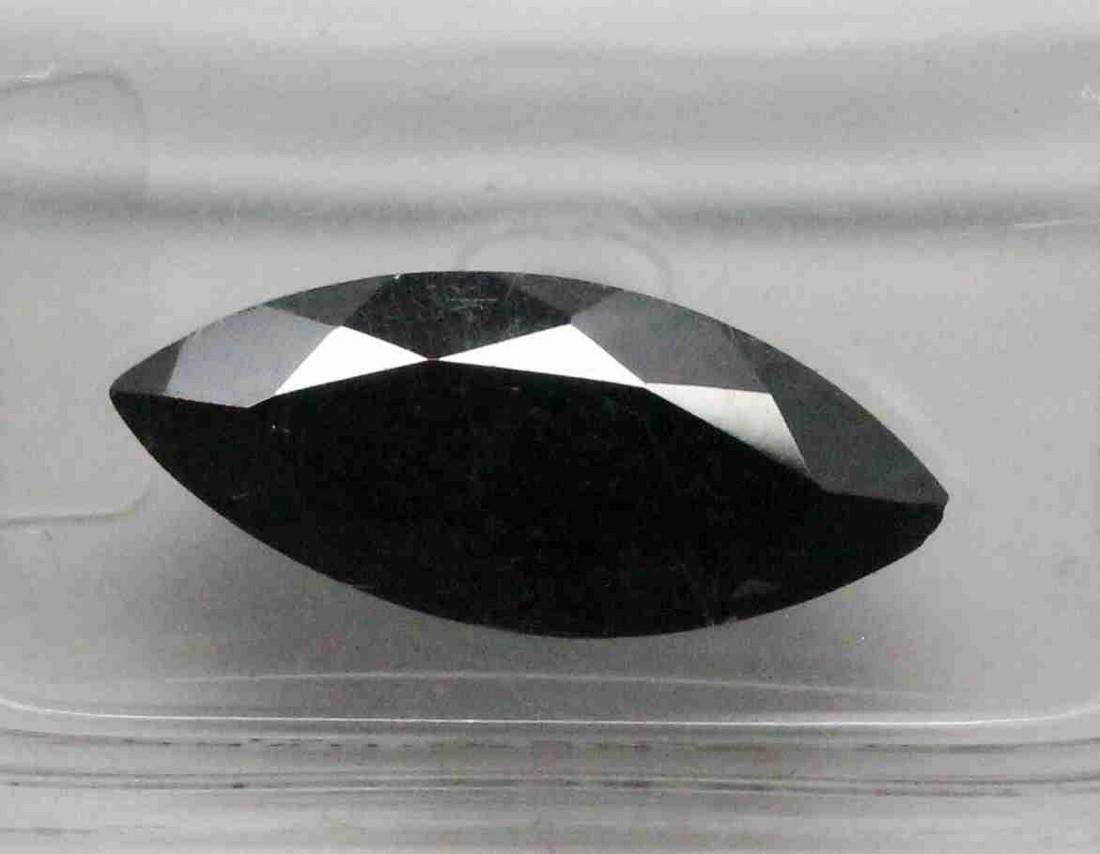Hematite Value, Price, and Jewelry Information
Hematite has a long history of use as a pigment. As a gemstone, this material is often carved but very rarely faceted.
2 Minute Read
Hematite has a long history of use as a pigment. As a gemstone, this material is often carved but very rarely faceted.
Start an IGS Membership today
for full access to our price guide (updated monthly).Hematite Value
What is Hematite Used For?
Red ochre clay contains hematite and has been used for decoration and writing since the Stone Age. Rouge, a polishing compound widely used more recently on silver and gold, is powdered hematite. Hematite has been mined as a source of iron. People have also used hematites to create various utilitarian objects as well as jewelry pieces.
What Color is Hematite?
Since the name "hematite" comes from the Greek word for blood, one might assume the gemstone is red. However, hematites occur in a range of colors, from black and metallic, steel gray to blood-like red in thin slivers or crystals. This mineral also has a distinctive red streak. (See "Identifying Characteristics" below). Massive crystals can have a brownish red color. Most commonly, hematites are black or gray.
Does Hematite a Make Good Jewelry Stone?
Gem cutters often make cameos, intaglios, carvings, beads, and cabochons from hematites. Occasionally, gem enthusiasts may want these opaque, sub-metallic gems faceted, with flat bases and few facets (like a classic marcasite).
Although reasonably tough with a hardness between 5 and 6.5, hematites are also brittle. When worn as ring stones, use protective settings to shield them from bumps and scratches. Other uses, such as in pendants or brooches, shouldn't require any special precautions.
What Does Hematite Symbolize?
Hematites are popularly associated with strength, resilience, protection, and stability. Bruce Knuth notes that ancient warriors moistened and rubbed this stone on their bodies in the belief the "bloody residue" (the hematite's red streak) would protect them in battle. Furthermore, as an iron oxide (Fe2O3), hematite does have actual astringent and coagulant properties. Ancient healers used this material in medical treatments along with magical incantations. (97)
In this video, Jake Talve-Goodman of The Concierge Gemologist discusses the symbolic meaning of hematite and shows beautiful carved and crystalline specimens of this gemstone.
Identifying Characteristics
Hematite's deep red or brownish red streak is characteristic and diagnostic. A massive material consisting of a mixture of hematite, martite, and gangue minerals occurs near Ouro Preto, Brazil. This granular material has a dark brown, rather than a red, streak.
Although similar in appearance to psilomelane, a manganese oxide, hematite conducts electricity weakly, unlike this lookalike.
Are Hematites Magnetic?
Natural hematites aren't magnetic. However, you may encounter a magnetic material sold as "hematine" or "magnetic hematite." Despite its name, this material contains no hematite at all. Although these pieces simulate hematites and even have red streaks, their magnetism exposes them as lookalikes.
Gem carvers have made cameos, intaglios, and cabs from hematine.
Where are Hematites Found?
Hematites occur in most European countries. Much of this material is cut in Idar-Oberstein, Germany but actually comes from England.
Other notable sources include the following:
- England: kidney ore from the Cumberland area.
- Brazil: fine crystals, also massive material from a locality near Ouro Preto.
- United States: Alaska; Arizona; Michigan Lake Superior region, Minnesota; Missouri; New York; Pennsylvania; South Dakota; Tennessee; Wisconsin; Wyoming.
- Canada; Cuba; Elba, Italy; Mexico.
Hematite Stone Sizes
Massive material is available in very large, solid pieces, good for cutting beads, cabs, etc, of any size desired.
Caring for Hematites
Avoid cleaning hematites with mechanical systems, such as steam or ultrasonic processes. Instead, use a soft brush, mild detergent, and warm water. Consult our gemstone jewelry care guide for more recommendations.
Work Cited
Knuth, Bruce G. (1999). Gems in Myth, Legend, and Lore. Jewelers Press, Thornton, CO.
Joel E. Arem, Ph.D., FGA
Dr. Joel E. Arem has more than 60 years of experience in the world of gems and minerals. After obtaining his Ph.D. in Mineralogy from Harvard University, he has published numerous books that are still among the most widely used references and guidebooks on crystals, gems and minerals in the world.
Co-founder and President of numerous organizations, Dr. Arem has enjoyed a lifelong career in mineralogy and gemology. He has been a Smithsonian scientist and Curator, a consultant to many well-known companies and institutions, and a prolific author and speaker. Although his main activities have been as a gem cutter and dealer, his focus has always been education. joelarem.com
International Gem Society
Related Articles
Black Diamond Value, Price, and Jewelry Information
Chameleon Diamond Value, Price, and Jewelry Information
Gray Diamond Value, Price, and Jewelry Information
Green Diamond Value, Price, and Jewelry Information
Latest Articles
Quartz Toxicity: Understanding the Risks for Jewelers and Wearers
Synthetic Amethyst: What is it and How is it Made?
Hambergite Value, Price, and Jewelry Information
Pearl Simulants: How to Spot Faux Pearls
Never Stop Learning
When you join the IGS community, you get trusted diamond & gemstone information when you need it.
Get Gemology Insights
Get started with the International Gem Society’s free guide to gemstone identification. Join our weekly newsletter & get a free copy of the Gem ID Checklist!
